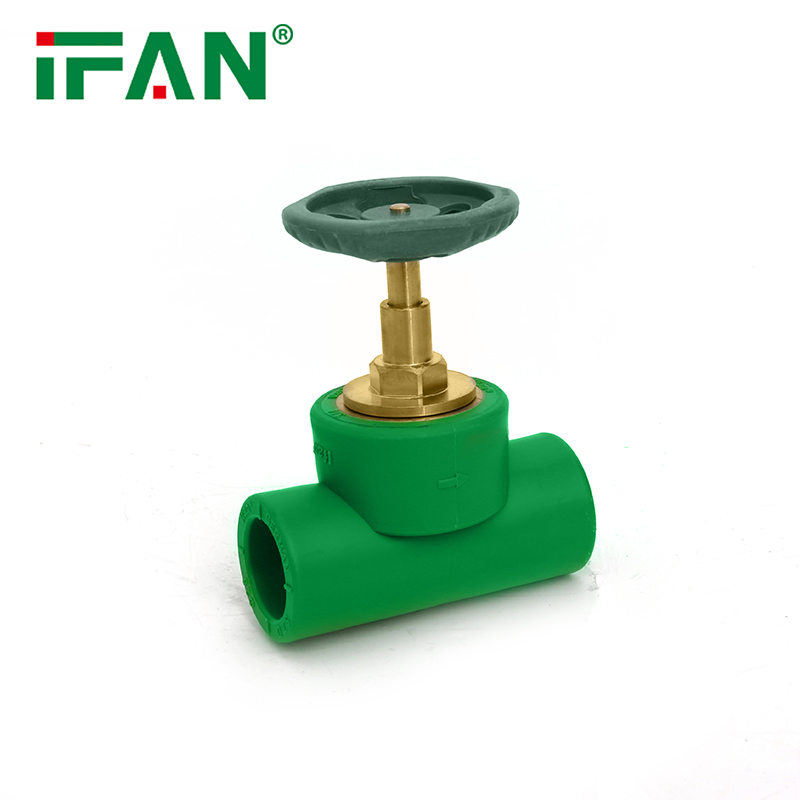Plastic valves have become increasingly popular due to their lightweight, durability, and resistance to corrosion and chemicals. They are commonly used in a variety of industries and applications, including water treatment, chemical processing, industrial manufacturing, and agriculture. In this article, we will discuss some of the different types of plastic valves that are available.
- Ball valves

Ball valves are widely used in industrial applications because of their excellent shut-off capabilities. They are made up of a ball with a bore in the middle that can be rotated to control the flow of fluid. Ball valves are typically made of thermoplastic materials such as PVC, PP, or PVDF, which have high chemical resistance and can handle high temperatures.
- Globe valves

Globe valves are designed to regulate the flow of fluid in a pipeline. They are made of plastic components such as PVC, PP, or PVDF, and feature a disc that moves up and down to regulate the flow of fluid. Globe valves are ideal for applications requiring high accuracy or precise control.
- Diaphragm valves
Diaphragm valves are used for applications that require high levels of hygiene or purity. They are commonly used in the pharmaceutical, food, and beverage industries. The valve’s body is made of plastic, while the flexible diaphragm is made of elastomer material or PTFE. The diaphragm moves up and down to regulate the flow of fluid.
- Butterfly valves

Butterfly valves consist of a disc that rotates around a central shaft to control fluid flow. They are commonly used in HVAC systems and food processing plants. Butterfly valves are made of lightweight, corrosion-resistant plastic materials such as PVC, PP, or PVDF.
- Check valves
Check valves prevent backflow in a piping system. They are made of plastic materials such as PVC, PP, or PVDF, and feature a simple design that relies on gravity or pressure to operate. Check valves are typically used in water treatment facilities, chemical processing plants, and irrigation systems.
- Pressure relief valves
Pressure relief valves are used to prevent excessive pressure buildup in piping systems. They are made of plastic materials such as PVC, PP, or PVDF, and feature a spring-loaded diaphragm that opens when pressure reaches a certain level. Pressure relief valves are commonly used in chemical processing plants, refineries, and other high-pressure applications.
- Solenoid valves
Solenoid valves are electrically operated valves that are commonly used in automation systems. They are made of plastic materials such as PVC, PP, or PVDF, and feature a coil that acts as an electromagnet to control the flow of fluid. Solenoid valves are ideal for applications that require remote control or automation, such as irrigation systems or chemical processing plants.
In conclusion, plastic valves are essential components in many industries and applications. They offer a wide range of benefits such as lightweight, corrosion-resistant, and chemical resistance. The types of plastic valves available include ball valves, globe valves, diaphragm valves, butterfly valves, check valves, pressure relief valves, and solenoid valves. Each of these valves has its unique design and features, making them ideal for a variety of applications. Choosing the right type of plastic valve for your project or application is critical to ensure optimal performance and efficiency.





